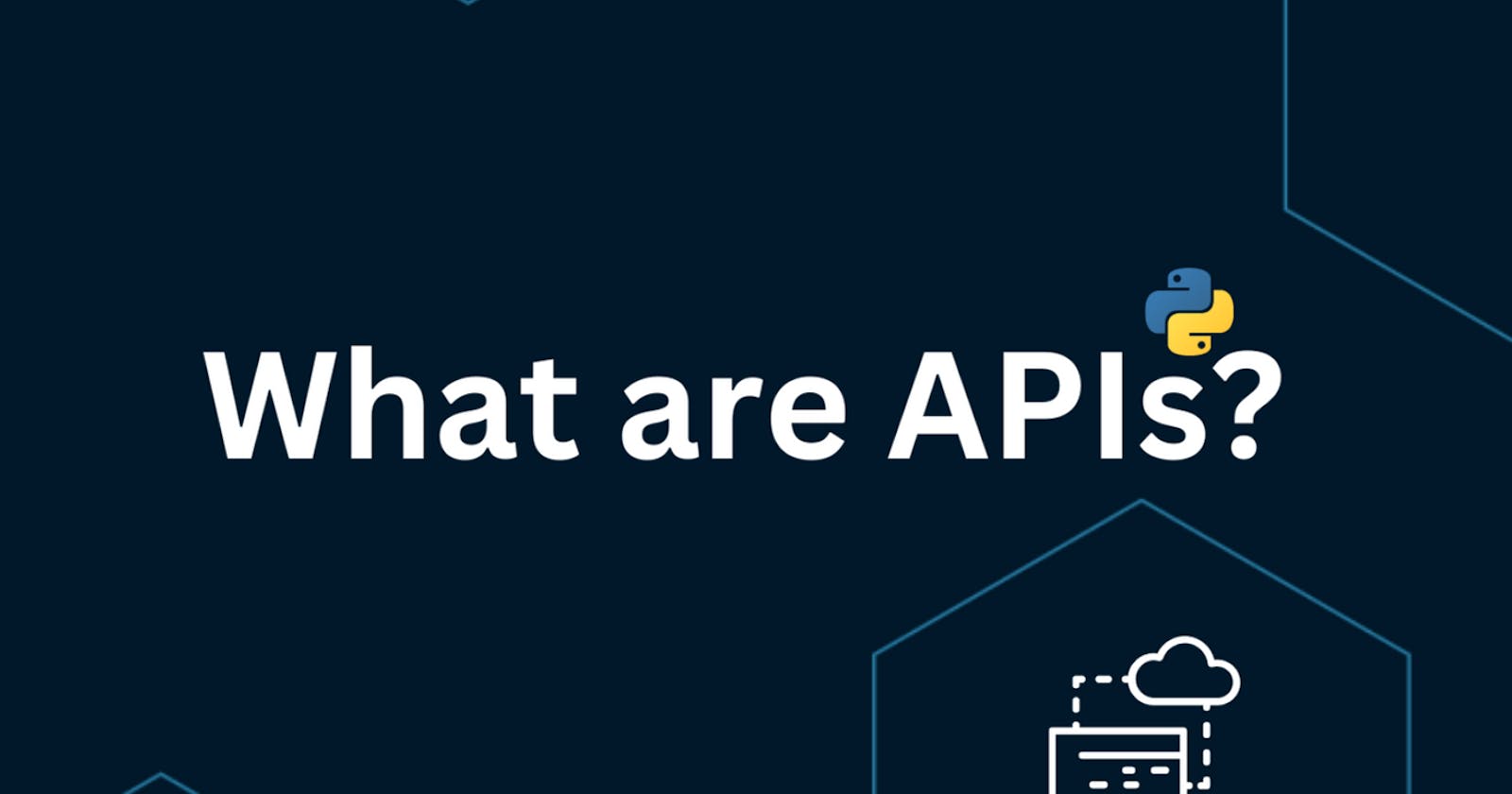Table of contents
API stands for "Application Programming Interface." In web development, an API is a set of rules that specifies how two software programs should interact with each other. APIs allow different software systems to communicate with each other and exchange data in a standardized way.

APIs are often used to allow web applications to access and use data and functionality from other external systems. For example, a web application might use an API to retrieve data from a database, or to send data to a payment gateway to process a transaction.
APIs can be implemented using a variety of technologies and protocols, such as HTTP, REST, and SOAP. They can be accessed using various programming languages and tools, such as JavaScript, Python, and curl.
Overall, APIs are an important part of web development as they allow different systems to integrate and work together, enabling the creation of more powerful and complex applications.
What are REST APIs ?
REST (Representational State Transfer) APIs are a way for different software systems to communicate with each other over the internet. They use HTTP requests to send and receive data and are designed to be easy to use and flexible.
REST APIs follow a set of architectural principles that make them particularly useful for building web-based systems. These principles include using a uniform interface, statelessness, and cacheability.
The uniform interface means that all REST APIs use the same set of HTTP verbs (such as GET, POST, PUT, DELETE) to perform actions on resources. This makes it easy for developers to understand and use the API, regardless of the specific implementation.
Statelessness means that each request to the API is independent and contains all the information necessary to complete the request. This makes it easier to scale the API and to troubleshoot problems, as there is no need to track the state of the system between requests.
Cacheability means that REST APIs can be cached, which can improve performance by reducing the number of requests that need to be made to the server.
Examples of REST APIs
There are countless examples of REST APIs in use today. Some popular examples include:
The Twitter API: Allows developers to access and integrate the functionality of Twitter with other applications.
The Spotify API: Allows developers to access and integrate the functionality of Spotify with other applications.
The Google Maps API: Allows developers to access and integrate the functionality of Google Maps with other applications.
Using Rest API
To use a REST API, a developer will typically make an HTTP request to the API's endpoint (a specific URL that represents the API). The request may include parameters and a payload (data sent with the request), and will specify the HTTP verb being used (such as GET, POST, PUT, DELETE).
The API will then process the request and return a response, which may include data or an error message. The response may also include HTTP status codes, which indicate the success or failure of the request.
Conclusion
REST APIs are a widely used and powerful way for different software systems to communicate with each other. By following the principles of a uniform interface, statelessness, and cacheability, REST APIs can be easy to use and scalable. Whether you are a developer looking to integrate with an API or a company looking to build one, understanding REST APIs is an important skill to have.

